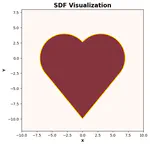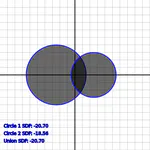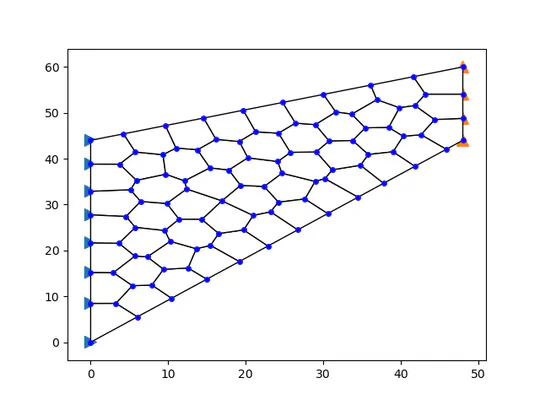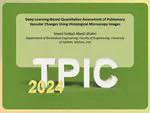Seyed Sadjad Abedi-Shahri
Assistant Professor of Biomedical Engineering
Faculty of Engineering, University of Isfahan
Biography
Sadjad is an Assistant Professor of Biomedical Engineering in the Faculty of Engineering at University of Isfahan, a position he has held since 2025 after serving as an adjunct lecturer at Sahand University of Technology from 2022 to 2025. His research interests encompass Numerical Methods in Biomechanics (FEM, SBFEM, and more), Scientific Computation, Trauma Biomechanics, and Computational Geometry. With a strong background in both theoretical development and practical implementation, he has developed several research software tools in the fields of numerical methods and computational geometry. Through his work, Sadjad aims to contribute to the development of innovative computational methods that advance our understanding of biomechanics and enable practical solutions to real-world problems.
PhD in Biomedical Engineering - Biomechanics, 2019-2024
Sahand University of Technology
MSc in Biomedical Engineering - Biomechanics, 2016-2019
Sahand University of Technology
BSc in Mechanical Engineering, 2011-2015
University of Birjand
Skills
Recent Posts
Projects
Recent Publications
Popular Topics
Contact
I’m excited to connect with you! For inquiries, collaborations, or just a friendly chat, please feel free to reach out via email or Skype. Your messages are important, and I look forward to hearing from you!






